Home>Articles>What Is Plastic Retail Packaging For Hand Tools
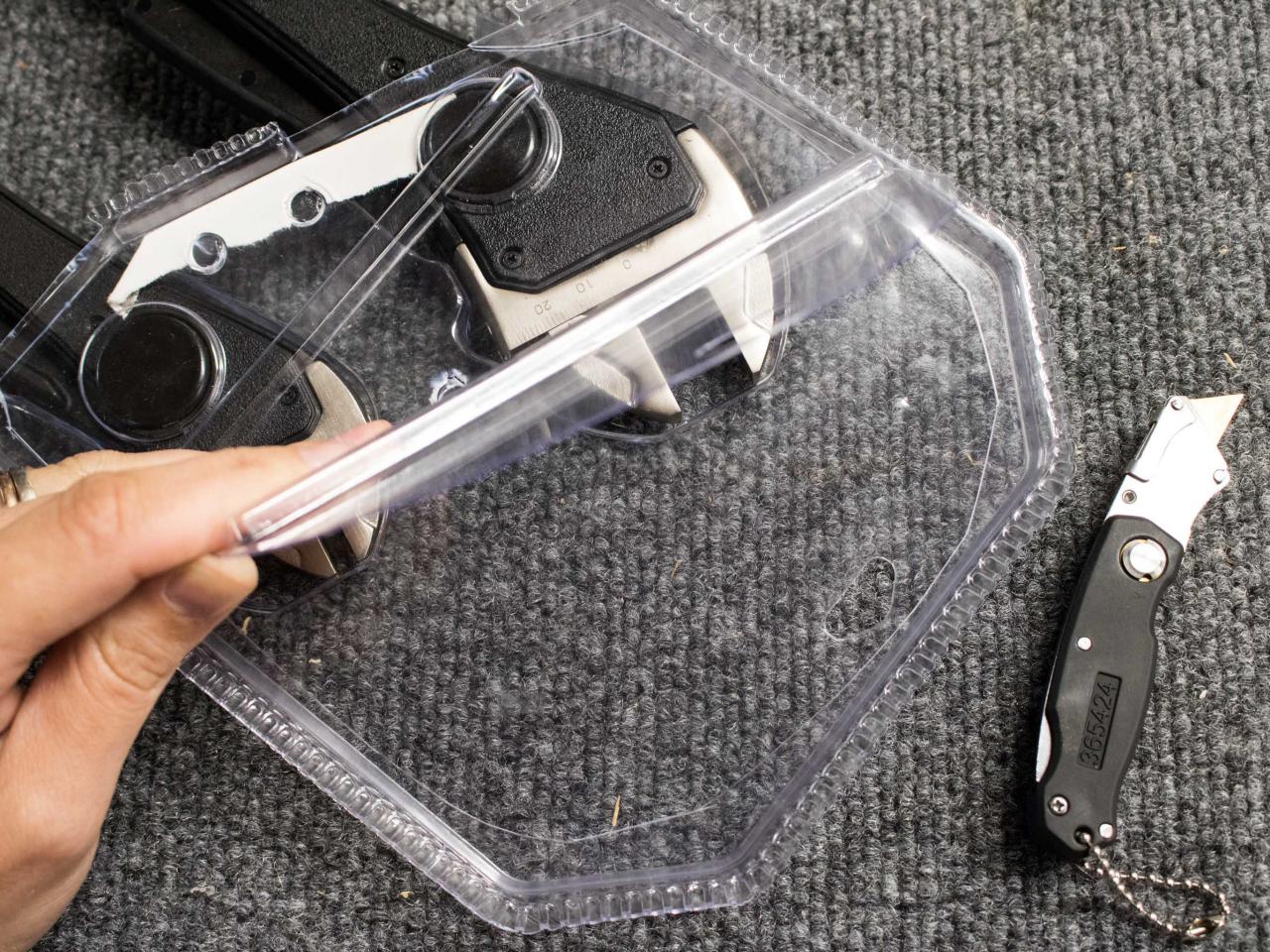

Articles
What Is Plastic Retail Packaging For Hand Tools
Modified: December 7, 2023
Discover the benefits of plastic retail packaging for hand tools in our informative articles. Learn about the advantages, uses, and tips for choosing the right packaging for your tools.
(Many of the links in this article redirect to a specific reviewed product. Your purchase of these products through affiliate links helps to generate commission for Storables.com, at no extra cost. Learn more)
Introduction
Welcome to the world of plastic retail packaging for hand tools. In today’s competitive retail landscape, packaging plays a crucial role in attracting customers and enhancing the overall shopping experience. When it comes to hand tools, packaging not only serves as a means of protection but also as a powerful marketing tool.
Plastic retail packaging refers to the use of plastic materials to package and display hand tools in retail settings. It combines functionality, aesthetics, and portability to create an appealing and engaging presentation for consumers.
In this article, we will explore the benefits, design options, cost-effectiveness, durability, and environmental considerations associated with plastic retail packaging for hand tools.
Key Takeaways:
- Plastic retail packaging for hand tools offers clear product visibility, branding opportunities, and customization options, enhancing the overall shopping experience for consumers and providing cost-effective solutions for manufacturers and retailers.
- By integrating sustainable practices, manufacturers and consumers can minimize the environmental impact of plastic retail packaging, ensuring durability, protection, and visual appeal while promoting responsible plastic consumption.
Read more: What Is Zoning In Retail
Definition of Plastic Retail Packaging
Plastic retail packaging for hand tools refers to the packaging and display solutions specifically designed for hand tools in retail environments. It encompasses various types of packaging, such as blister packs, clamshell packaging, plastic boxes, and hangable display cards, all made from different types of plastic materials.
This type of packaging is designed to not only showcase the product but also provide protection during storage, transportation, and handling. It is carefully crafted to ensure durability and visibility, allowing customers to easily identify the tool and its features.
Plastic retail packaging is known for its versatility, as it can be customized to fit different tool sizes and shapes. It can also be designed to include compartments or trays to keep the tools organized and secure. Additionally, this packaging is often transparent or features a clear window, providing a full view of the tool and enticing customers with its visual appeal.
Furthermore, plastic retail packaging is typically lightweight and easy to handle, making it convenient for both retailers and customers. It can be easily displayed on hooks, shelves, or pegboards, allowing for efficient use of space in a retail setting.
Overall, the definition of plastic retail packaging for hand tools revolves around its ability to effectively present and protect the product while offering convenience and appeal to both retailers and consumers.
Benefits of Plastic Retail Packaging for Hand Tools
Plastic retail packaging offers numerous benefits for hand tools, both for retailers and consumers. Let’s explore some of the key advantages:
- Product Visibility: Plastic packaging allows for clear visibility of the hand tools, enabling customers to see the product’s features, quality, and condition before making a purchase. This transparency helps build trust and increases sales.
- Protection: Plastic retail packaging provides a high level of protection for hand tools. It shields them from dust, moisture, and damage during transportation, preventing scratches, dents, or breakage. This protection enhances the longevity and usability of the tools.
- Branding and Marketing: Plastic retail packaging offers ample space for branding and marketing. Manufacturers can print their logos, product details, and attractive graphics on the packaging, effectively promoting their brand and attracting potential customers.
- Convenience: Plastic packaging is lightweight and easy to handle, making it convenient for both retailers and consumers. It simplifies storage, transportation, and display, allowing retailers to optimize their shelf space and improve overall efficiency.
- Security: Plastic retail packaging can incorporate security features such as tamper-evident seals or locking mechanisms. These features provide an added layer of security, assuring customers that the product has not been tampered with and ensuring their satisfaction.
- Customization: Plastic packaging can be customized to fit different hand tool shapes and sizes. Manufacturers have the flexibility to design packaging with compartments or trays to keep the tools organized and secure. This customization enhances the overall presentation and usability of the product.
- Sustainability: Many plastic retail packaging options are recyclable, contributing to a more sustainable retail industry. Manufacturers can choose eco-friendly materials and designs to minimize environmental impact.
These benefits make plastic retail packaging an ideal choice for hand tools. It enhances the product’s visibility, protection, branding, convenience, security, and sustainability, ultimately providing value to both retailers and consumers.
Design and Customization Options for Plastic Retail Packaging
Plastic retail packaging offers a wide range of design and customization options, allowing manufacturers to create packaging that aligns with their brand and product requirements. Let’s delve into some of the design and customization possibilities:
- Shape and Size: Plastic packaging can be tailored to fit the specific shape and size of the hand tool. Manufacturers can create packaging that snugly holds the tool in place, ensuring a secure fit and maximum protection.
- Compartments and Trays: Packaging can be designed with compartments or trays to keep individual hand tools organized. This helps prevent damage during storage and transportation and makes it easier for customers to select and access the desired tool.
- Graphic Design and Printing: The packaging surface provides ample space for branding elements, product information, and eye-catching visuals. Manufacturers can use high-quality printing techniques to showcase their brand logos, product features, and images that appeal to customers and enhance their packaging’s overall aesthetic.
- Clear or Transparent Windows: Plastic retail packaging often incorporates clear or transparent windows, allowing customers to see the tool inside without opening the packaging. This helps in decision-making and builds customer confidence in the product’s quality and features.
- Hanging or Display Features: Packaging can be designed with built-in hooks, hang holes, or display features, making it easy to hang the product on store shelves or racks. This type of packaging maximizes visibility and shelf space, attracting customer attention.
- Color and Material Options: Plastic packaging can be manufactured in a variety of colors and materials to match the brand’s identity or specific product requirements. Manufacturers can choose from a range of plastic types, such as PET, PVC, or PP, based on durability, transparency, and environmental considerations.
- Tamper-Evident Features: To ensure the integrity of the product, manufacturers can incorporate tamper-evident seals or mechanisms into the plastic packaging. This provides customers with peace of mind, and adds to the perceived value and security of the product.
The design and customization options for plastic retail packaging are virtually endless. Manufacturers have the flexibility to create packaging that not only protects and showcases the hand tools but also reinforces their brand identity and stands out on the retail shelves.
When choosing plastic retail packaging for hand tools, look for durable and transparent materials that allow customers to see the product. Consider packaging with hang holes for easy display and storage.
Cost-Effectiveness of Plastic Retail Packaging
Plastic retail packaging offers significant cost-effectiveness compared to other packaging materials. Let’s explore why plastic packaging is a cost-effective choice for hand tools:
- Lower Production Costs: Plastic materials, such as PET, PVC, or PP, are widely available and more affordable compared to materials like glass or metal. This lower cost of production makes plastic packaging a cost-effective option for manufacturers.
- Lightweight and Efficient: Plastic packaging is lightweight, reducing shipping and transportation costs. Its compact design maximizes space utilization, enabling more units to be packed and shipped in a cost-efficient manner.
- Durability and Protection: The durability of plastic makes it a cost-effective choice for packaging hand tools. It provides excellent protection against impact, moisture, and other environmental factors during storage and transportation. This reduces the risk of product damage and returns, saving costs for both manufacturers and retailers.
- Reduced Labor Costs: The ease of handling and assembly of plastic retail packaging results in reduced labor costs. Plastic packaging can be easily manufactured, filled, sealed, and labeled, streamlining the packaging process and reducing labor-intensive tasks.
- Economies of Scale: Plastic packaging is highly scalable, allowing manufacturers to benefit from economies of scale. Producing larger quantities of plastic packaging often leads to lower unit costs, further driving cost-effectiveness for manufacturers.
- Space Optimization: Plastic packaging is designed to maximize space utilization on store shelves and displays. Its compact design allows more products to be displayed in a smaller area, reducing the need for additional storage and display space. This space optimization helps retailers save costs and increase profit margins.
- Customization Options: Plastic packaging offers a range of customization options at an affordable price. Manufacturers can design packaging that meets their specific requirements without incurring excessive costs. Customization options include shape, size, printing, and branding, allowing manufacturers to create attractive packaging without breaking the bank.
The cost-effectiveness of plastic retail packaging makes it a preferred choice for hand tool manufacturers and retailers alike. It offers a balance between affordability, durability, protection, and customization options, resulting in cost savings throughout the entire packaging and distribution process.
Read more: What Is Metalworking Hand Tools
Durability and Protection Provided by Plastic Retail Packaging
Plastic retail packaging offers superior durability and protection for hand tools, ensuring their safe transportation, storage, and display. Let’s explore the key factors that contribute to the durability and protection provided by plastic packaging:
- Impact Resistance: Plastic packaging is designed to withstand rough handling and protect hand tools from impacts during transit. It offers resilience against drops, bumps, and vibrations, reducing the risk of damage or breakage during transportation.
- Moisture and Weather Resistance: Plastic packaging provides a high level of resistance to moisture, preventing water damage that could lead to rust or corrosion of the hand tools. It also offers protection against humidity, extreme temperatures, and other weather conditions, ensuring the tools remain in optimal condition.
- Chemical Resistance: Plastic packaging can be made from materials that are resistant to various chemicals commonly encountered in industrial or home environments. This protects the hand tools from exposure to potentially corrosive substances, keeping them safe and functional.
- Scratch and Abrasion Resistance: Plastic packaging acts as a barrier, shielding hand tools from scratches, scuffs, and abrasions that can occur during storage, handling, or transportation. This helps maintain the tools’ appearance and extends their lifespan.
- Protection from Dust and Contaminants: Plastic retail packaging creates a sealed environment that protects hand tools from dust, dirt, and other contaminants. It prevents debris from accumulating on the tools, ensuring their cleanliness and optimal performance.
- Stability and Structural Integrity: Plastic packaging is designed to maintain its shape and structural integrity, providing stability and support for the hand tools inside. This prevents the tools from shifting or moving during transit, reducing the risk of damage due to impact or friction.
- Transparency and Visibility: Many plastic packaging options are transparent or feature clear windows, allowing for easy visibility of the hand tools. This enables customers to inspect the tools without opening the packaging, reducing the risk of accidental damage or loss.
- Tamper-Evident Features: Plastic packaging can be designed with tamper-evident seals or indicators to provide an added layer of protection. These features ensure that the packaging remains intact and unopened, giving customers peace of mind when purchasing the hand tools.
The durability and protection provided by plastic retail packaging contribute to the overall quality and functionality of hand tools. By safeguarding the tools from impacts, moisture, contaminants, and other potential hazards, plastic packaging helps to maintain the tools’ value and performance throughout their lifecycle.
Environmental Considerations of Plastic Retail Packaging
When discussing plastic retail packaging, it is essential to consider the environmental impact of using plastic materials. While plastic packaging provides various benefits, it is crucial to address sustainability and explore ways to minimize its environmental footprint. Let’s explore some key environmental considerations:
- Recyclable Materials: Many plastic retail packaging options are made from recyclable materials such as PET (polyethylene terephthalate) or HDPE (high-density polyethylene). These materials can be recycled and used to produce new plastic products, reducing the demand for virgin plastic and minimizing waste.
- Biodegradable and Compostable Options: Some manufacturers offer biodegradable or compostable plastic packaging alternatives. These materials break down naturally in the environment, reducing their impact on landfill waste and promoting a more sustainable packaging solution.
- Reducing Plastic Thickness: Manufacturers can reduce the thickness of plastic packaging while maintaining its integrity and functionality. This helps minimize the amount of plastic used in production, reducing waste and contributing to resource conservation.
- Collaboration with Recycling Programs: Manufacturers can collaborate with recycling programs or local authorities to facilitate proper recycling of plastic packaging. This includes the inclusion of appropriate recycling symbols, promoting awareness, and providing information on how to recycle the packaging effectively.
- Optimizing Transportation Efficiency: Lightweight plastic packaging reduces the weight of shipments, resulting in lower fuel consumption and reduced carbon emissions during transportation. Optimizing transport routes and using eco-friendly transport options further minimizes the environmental impact.
- Energy-Saving Manufacturing Processes: Manufacturers can adopt energy-saving measures in the production of plastic packaging, such as using energy-efficient machinery or utilizing renewable energy sources. This reduces the carbon footprint associated with the manufacturing process.
- Designing for Reusability: Plastic packaging can be designed for reuse, allowing customers to repurpose it for various storage needs. By promoting the reuse of plastic packaging, the overall demand for new packaging is reduced, resulting in less environmental impact.
- Education and Consumer Awareness: Raising consumer awareness about the importance of recycling and responsible plastic consumption is crucial. Manufacturers can provide educational materials or labels on packaging that highlight proper disposal and recycling processes.
While plastic retail packaging might not be entirely free from environmental considerations, there are steps that manufacturers and consumers can take to mitigate its impact. By adopting recyclable, biodegradable, and reusable options, optimizing transportation efficiency, and promoting consumer education, the environmental impact of plastic retail packaging for hand tools can be reduced.
Conclusion
Plastic retail packaging for hand tools is a versatile and effective solution that provides numerous benefits for manufacturers, retailers, and consumers alike. It combines functionality, design, and durability to create an appealing presentation for hand tools in retail environments. Throughout this article, we have explored the various aspects of plastic retail packaging, including its definition, benefits, design options, cost-effectiveness, durability and protection, and environmental considerations.
Plastic retail packaging offers clear product visibility, protecting hand tools while allowing customers to conveniently view the product features. It provides branding opportunities, allowing manufacturers to showcase their logos and graphics, enhancing their brand presence and attracting customers. The customization options for shape, size, compartments, and printing give manufacturers the flexibility to tailor packaging to their unique requirements. Furthermore, plastic packaging is cost-effective, offering affordability in production, transportation, and storage. Its durability and protection ensure that hand tools remain safe and intact during handling and transportation.
While plastic retail packaging offers numerous benefits, it is important to address its environmental impact. By using recyclable, biodegradable, or compostable materials, reducing plastic thickness, optimizing transportation efficiency, and promoting reuse, the environmental footprint of plastic packaging can be minimized.
In conclusion, plastic retail packaging for hand tools strikes a balance between functionality, protection, and visual appeal. It offers cost-effective solutions, ensures durability and protection, and can be customized to fit specific requirements. By integrating sustainable practices, manufacturers and consumers can further reduce the environmental impact of plastic packaging. Ultimately, plastic retail packaging enhances the overall shopping experience while providing an essential packaging solution for hand tools in the retail industry.
Frequently Asked Questions about What Is Plastic Retail Packaging For Hand Tools
Was this page helpful?
At Storables.com, we guarantee accurate and reliable information. Our content, validated by Expert Board Contributors, is crafted following stringent Editorial Policies. We're committed to providing you with well-researched, expert-backed insights for all your informational needs.
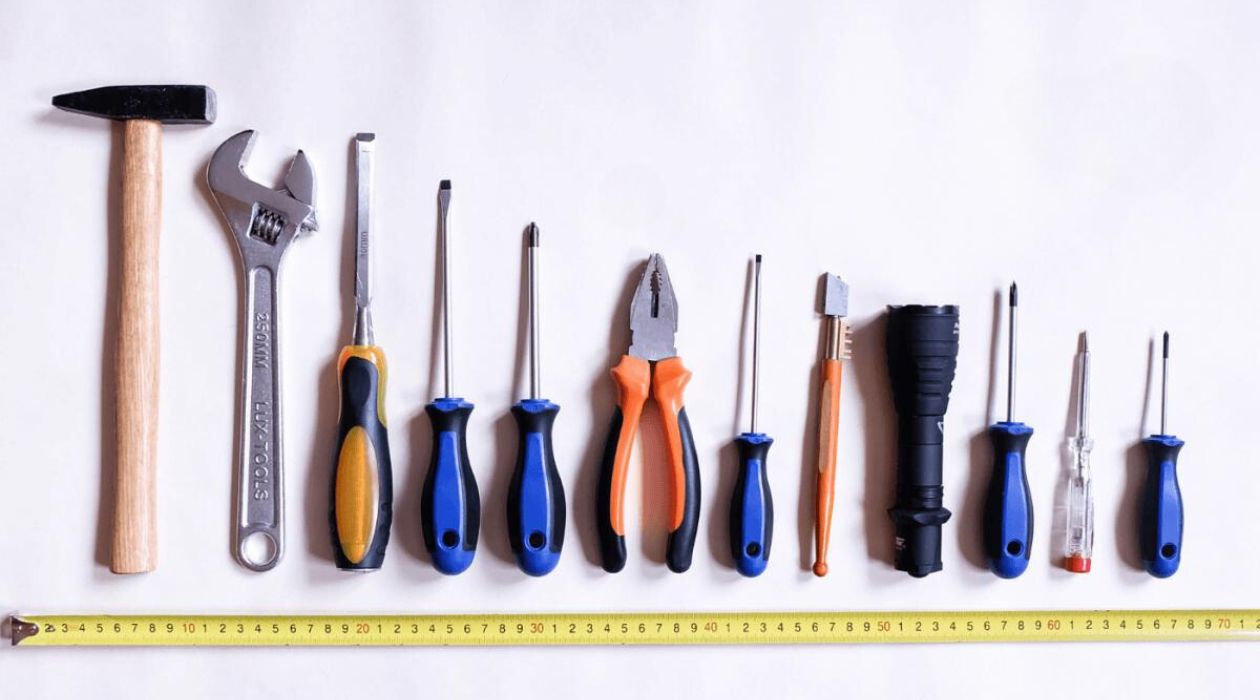



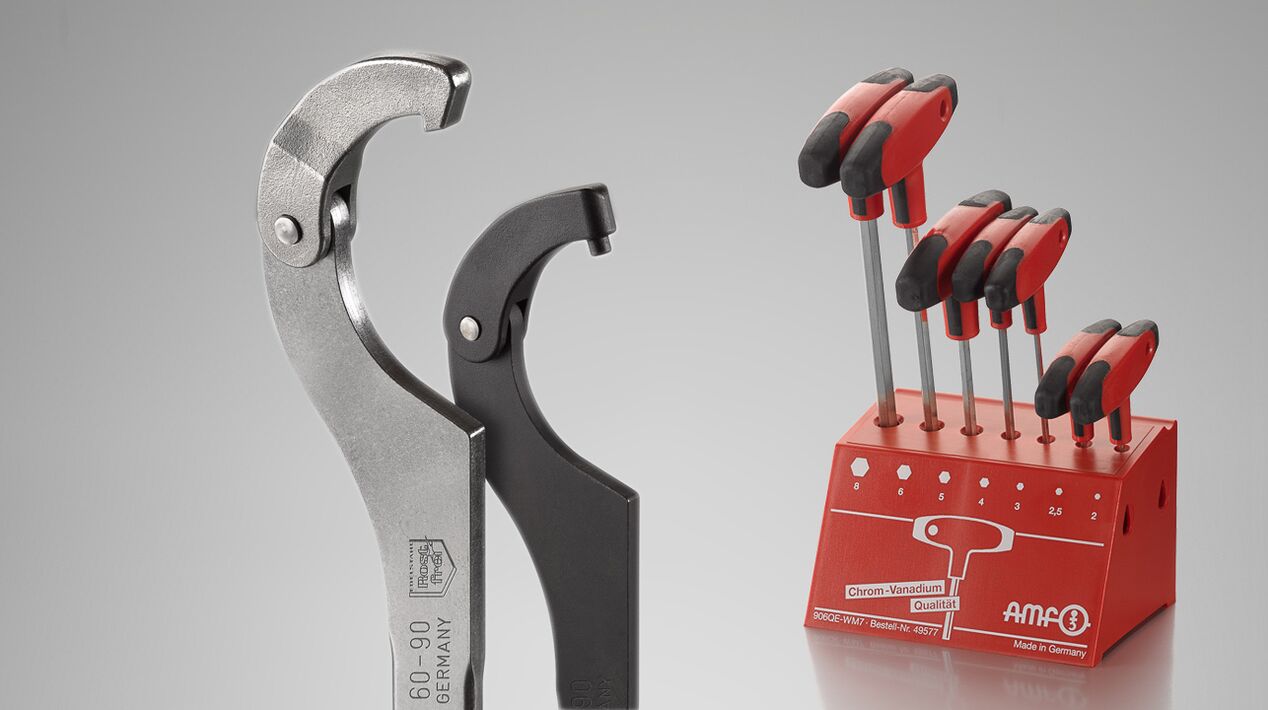
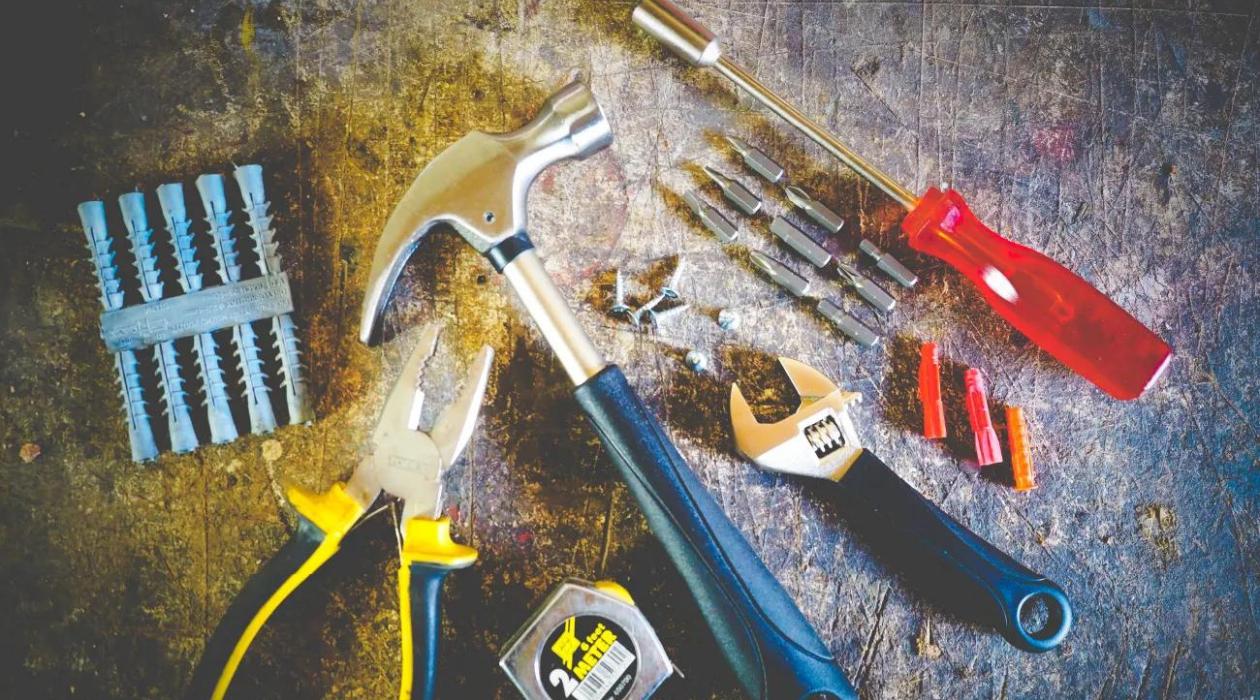
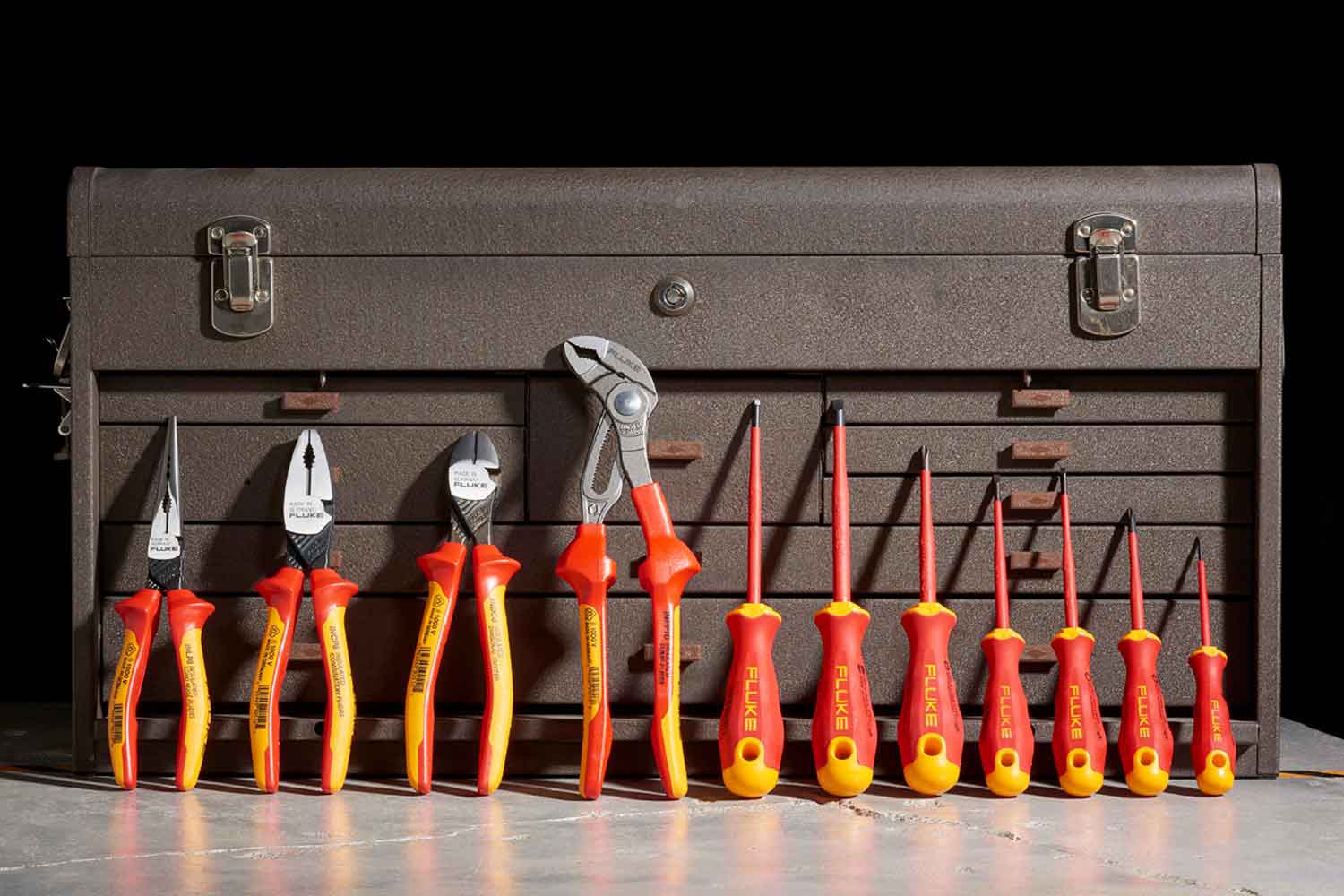





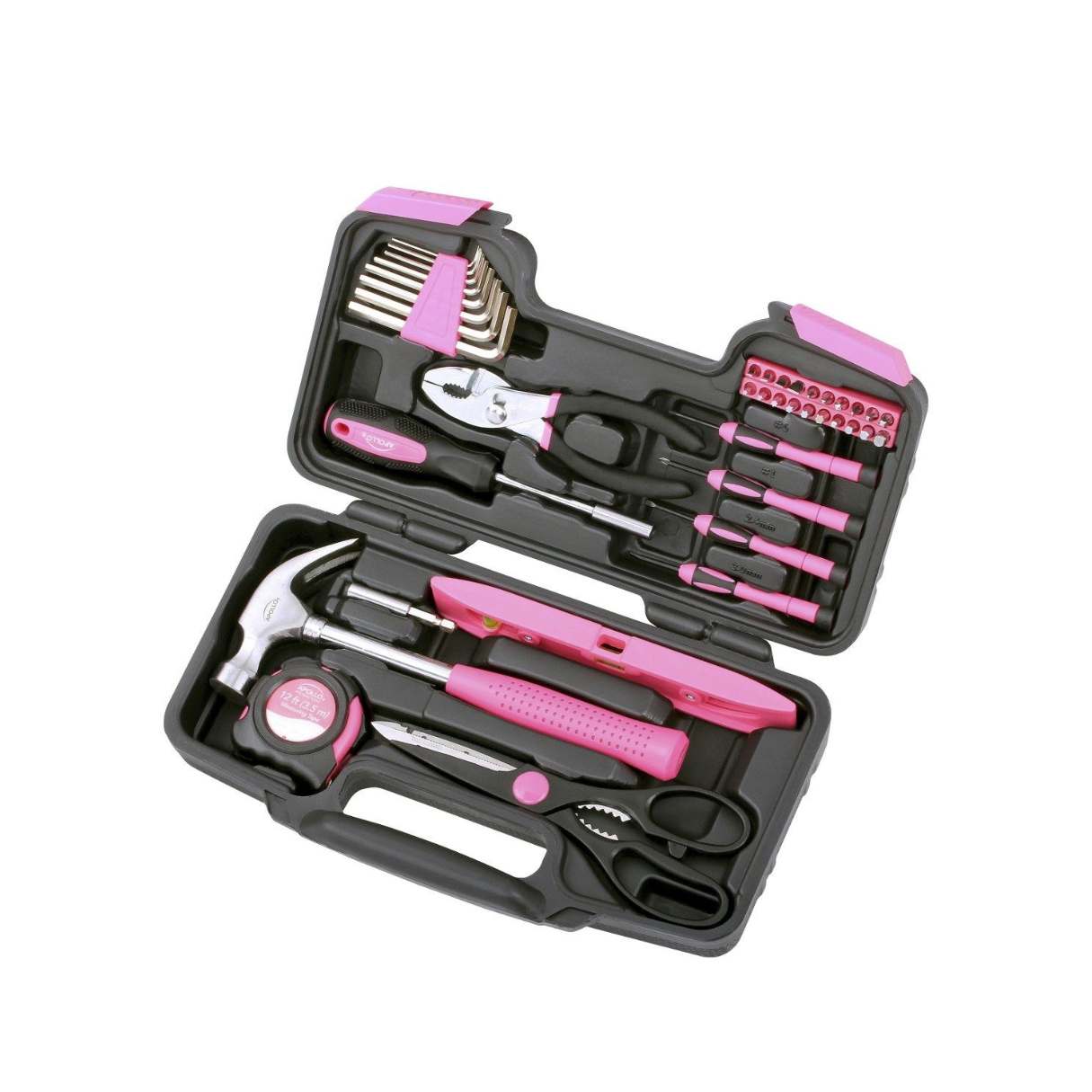
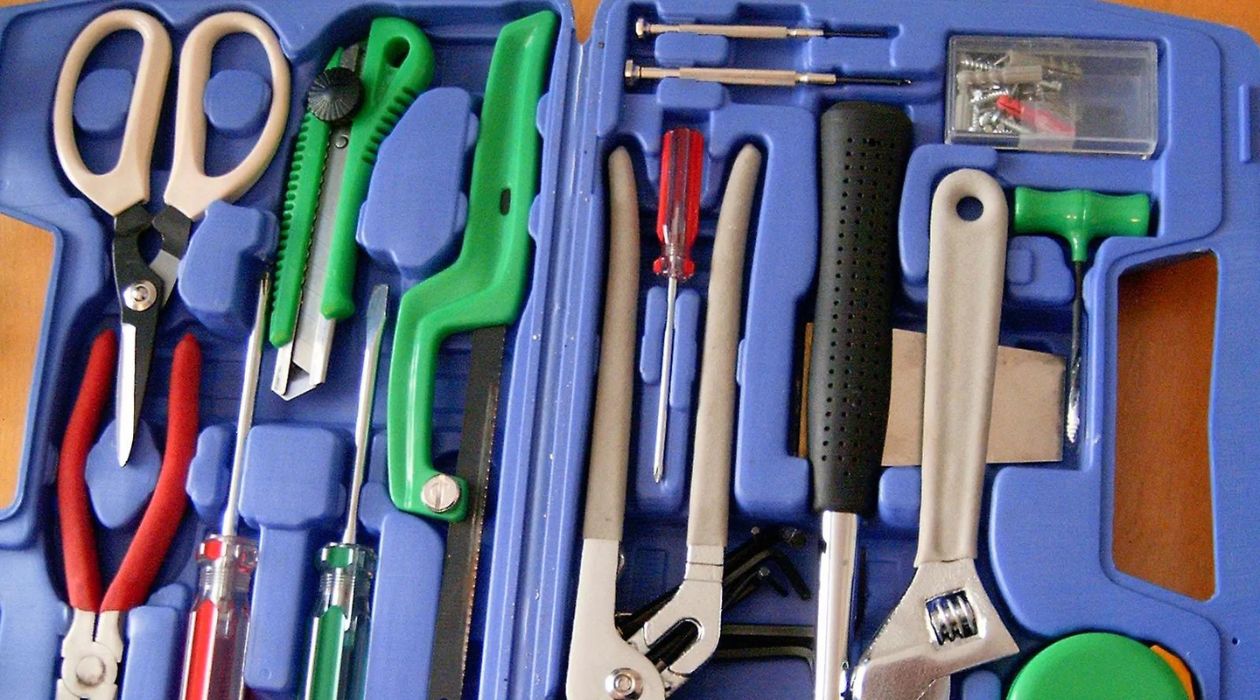

0 thoughts on “What Is Plastic Retail Packaging For Hand Tools”